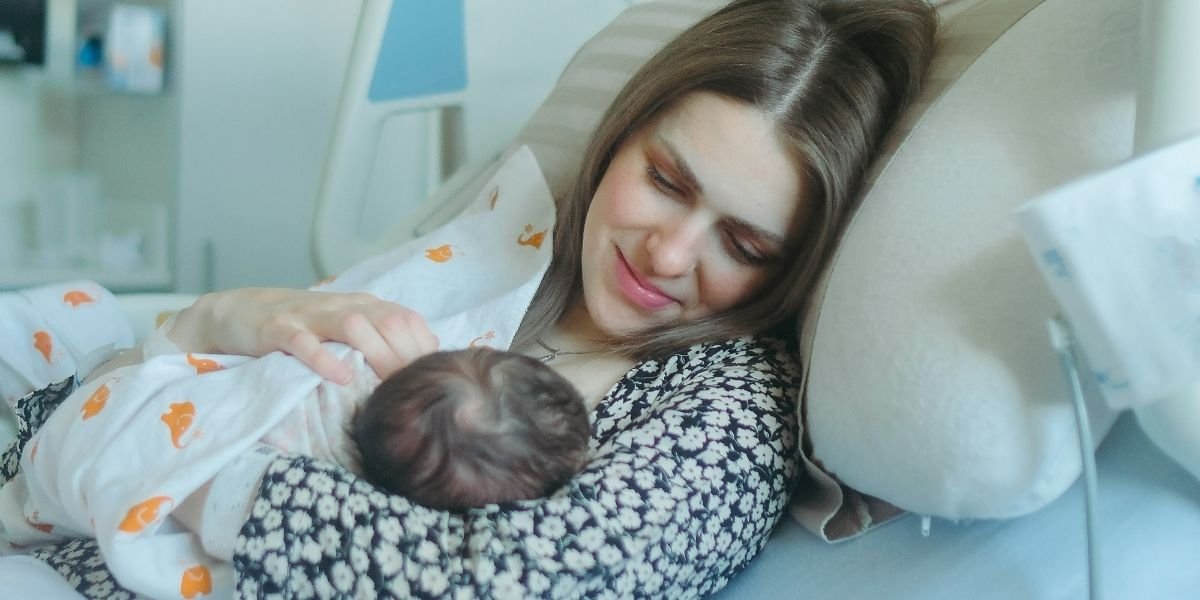Functional rehab has become a foundational element in postpartum care, offering a structured and purposeful approach to helping women rebuild strength and regain confidence in movement. It focuses on retraining the body to manage everyday tasks, emphasizing coordination, stability, and strength rather than isolated exercises. This method recognizes the unique physical demands that follow childbirth and provides tools that support long-term recovery.
Unlike general fitness programs, functional rehab zeroes in on movement patterns that translate into daily life, lifting, squatting, reaching, and carrying. For postpartum moms, these movements reflect the reality of picking up a baby, bending over cribs, climbing stairs, and navigating household routines. Recovery isn’t just about returning to exercise, it’s about reclaiming physical autonomy after pregnancy and birth.
Read also: Empowering Expectant Mothers Through Safe Prenatal Fitness
Why Is Functional Rehab Relevant in Postpartum Recovery?
Pregnancy and childbirth place significant strain on the musculoskeletal system. Abdominal muscles stretch, pelvic floor integrity shifts, and spinal alignment adjusts to accommodate a growing baby. Postpartum recovery often requires more than rest and light movement. It demands targeted attention to muscles and joints that have been overloaded or weakened.
Functional rehab helps address common postpartum concerns such as diastasis recti, pelvic instability, and low back pain. These conditions don’t respond well to blanket fitness solutions. They require nuanced strategies that restore muscle engagement, breathing coordination, and joint support.
Rather than focusing on physique or performance goals, functional rehab centers physical rehabilitation around movement competence. The aim is to help postpartum moms feel stable, balanced, and strong while managing daily life tasks, not just during workouts, but across full days of motion and unpredictability.
The program format also considers energy levels. Sessions are often short, focused, and adaptable to fatigue. Unlike high-intensity routines, functional rehab progresses based on ability rather than output, allowing recovery to unfold at a steady pace.
How Does Functional Rehab Support Core and Pelvic Floor Health?

Photo Credit: Unsplash.com
Postpartum challenges often start at the center of the body. The core isn’t just about abdominal tone, it includes the diaphragm, pelvic floor, and spine. When these areas lose coordination, movement becomes inefficient and symptoms surface, such as leaking, instability, or joint discomfort.
Functional rehab rebuilds these systems through breathwork, positional awareness, and progressive load. The process usually begins with low-intensity movements that connect breathing to muscle activation. This might involve gentle spinal articulation, rib expansion, and pelvic tilt control.
As strength and coordination return, exercises evolve to include lifting mechanics, asymmetric movements, and spinal stabilization. These mimic everyday tasks, allowing the body to reinforce supportive patterns during childcare and household activity.
Pelvic floor engagement is another central element. Instead of aggressive squeezing or long holds, functional rehab encourages responsive tension, where muscles contract and release smoothly, in time with breath and motion. This type of engagement is critical for restoring continence, core control, and postural strength.
What Postpartum Conditions Respond Well to Functional Rehab?
Functional rehab adapts to a wide range of postpartum experiences, from surgical births to prolonged labor. While no two recoveries are identical, several common conditions tend to benefit from this approach:
- Diastasis Recti, a separation of the abdominal muscles that affects trunk stability and posture.
- Pelvic Organ Prolapse, often accompanied by pressure or discomfort during lifting or standing.
- Lumbar Pain, related to muscular compensation and joint overload from postural changes.
- Sciatic Symptoms, involving nerve compression from muscle imbalance or inflammation.
- Shoulder and Neck Tension, caused by nursing posture and carrying weight with altered alignment.
Instead of addressing these symptoms in isolation, functional rehab treats them as part of a system. Movement is not segmented, it’s integrated, connecting the dots between how the body compensates and how it can relearn efficient function.
Progress may include simple shifts, like adjusting where weight is carried in a squat, or how breath is managed during load-bearing movement. These refinements reduce strain, improve circulation, and activate muscles that have remained dormant during pregnancy.
What Does a Functional Rehab Program Typically Include?
Each program is tailored, but core components usually appear across formats. Here’s what often shows up in a functional rehab plan:
- Breathwork and Alignment, diaphragmatic breathing matched with rib positioning and spinal control.
- Repatterning Exercises, slow, intentional movements to build new muscle memory and correct faulty movement habits.
- Load Progression, gradually introducing resistance, weights, or bodyweight challenges within safe ranges.
- Unilateral Movements, training one side of the body at a time to address asymmetries from pregnancy compensation.
- Functional Tasks, mimicking real-life activities like standing from a seated position, carrying loads, or reaching overhead.
Sessions might begin with floor-based work, then progress to vertical exercises, balance drills, and mobility transitions. Posture correction and grip strength are often included, recognizing the daily demands of holding children, pushing strollers, and reaching across uneven surfaces.
Rather than moving quickly, programs emphasize control. Stability comes before speed, and form comes before force.
Read also: Embracing the Transformative Journey: Celebrating Pregnancy’s Beauty
Why Is Functional Rehab Considered a Long-Term Strategy for Postpartum Health?

Photo Credit: Unsplash.com
Recovery from childbirth isn’t linear. Days vary, symptoms shift, and energy fluctuates. Functional rehab respects those variables, providing frameworks that adjust based on life’s demands.
While short-term benefits may include reduced discomfort or improved coordination, the long-term value lies in resilience. Muscles don’t just get stronger, they get smarter, adapting to life’s patterns, whether that means toddler-carrying marathons or navigating uneven terrain during errands.
Functional rehab also blends well with other modalities. Its foundation in movement awareness makes it compatible with manual therapy, massage, yoga, and traditional physical therapy. It offers a bridge between early healing and full activity, anchoring the transition from postpartum rest to an active routine.
Ultimately, the success of functional rehab isn’t just measured in reps or milestones. It’s reflected in how postpartum moms move through their day, with strength they can trust, coordination that feels intuitive, and a sense of ownership over their own recovery path. That reliability, even in the small moments, makes functional rehab a quietly powerful ally during one of life’s biggest transitions.








